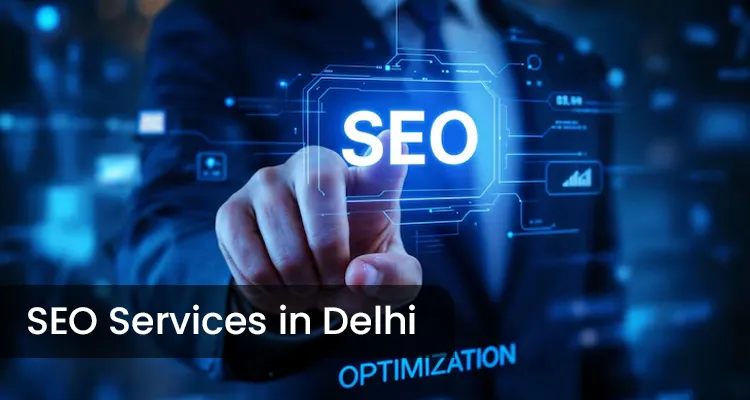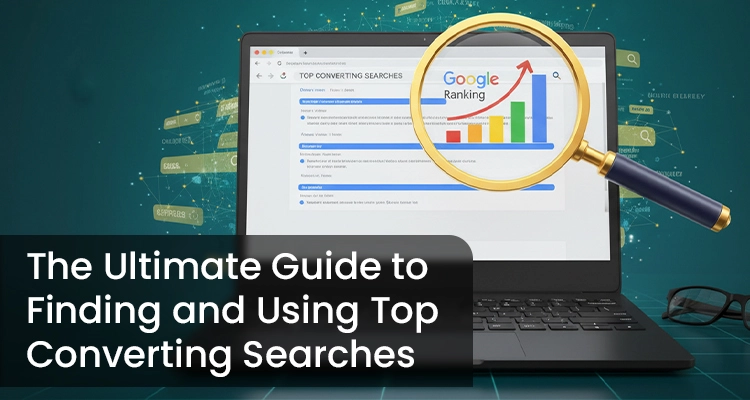The Impact of 5G Technology on Mobile App Development and User Experience

The advent of 5G technology has revolutionized the digital landscape, redefining how we connect, interact, and use mobile applications. This next-generation network offers unparalleled speed, minimal latency, and massive connectivity, promising to transform mobile app development and user experiences in unprecedented ways.
What is 5G Technology?
5G, the fifth generation of wireless communication technology, is designed to deliver:
- Speeds up to 100x faster than 4G LTE.
- Latency as low as 1ms, ensuring near-instant responses.
- Support for IoT (Internet of Things) with connections for billions of devices.
This robust infrastructure opens doors to innovative mobile applications, pushing the boundaries of what apps can achieve.
How 5G is Transforming Mobile App Development
1. Enhanced Speed for App Performance
With download speeds exceeding 10 Gbps, mobile apps can load faster than ever. This improvement significantly reduces waiting times, making performance-intensive apps—such as gaming, video streaming, and real-time collaboration tools—seamless and efficient.
- Example: Streaming platforms like Netflix or gaming apps like Fortnite can now provide 4K content and lag-free experiences, even on mobile devices.
2. Revolutionizing Augmented Reality (AR) and Virtual Reality (VR)
5G enables low-latency AR and VR experiences, creating opportunities for immersive mobile apps:
- AR Shopping Apps: Users can virtually try on clothes or visualize furniture in their living spaces.
- VR Gaming Apps: Gamers enjoy real-time, lifelike environments on their mobile devices.
This shift enhances user engagement, paving the way for a new era of interactive apps.
3. Boosting IoT and Smart Device Apps
The ability of 5G to handle billions of connected devices simultaneously has given rise to:
- Smart Home Applications: Controlling home appliances remotely with apps like Google Home.
- Health Monitoring Apps: Real-time tracking of patient vitals with IoT-enabled devices.
- Wearable Tech Integration: Apps seamlessly connecting with fitness trackers, smartwatches, and AR glasses.
4. Supporting AI-Powered Mobile Apps
5G accelerates the adoption of AI-driven apps, providing real-time data processing capabilities. AI-powered personal assistants, predictive analytics tools, and recommendation engines will become more accurate and intuitive.
5. Empowering Real-Time Collaboration Tools
Apps like Slack, Zoom, and Microsoft Teams rely on real-time communication. With 5G, users can enjoy:
- Instant file sharing during calls.
- Seamless video conferencing without interruptions.
- Improved productivity for remote workforces.
The Impact of 5G on User Experience
1. Faster Load Times
The frustration of long loading times will soon be a thing of the past. Users can now:
- Access content-rich apps in seconds.
- Experience smoother navigation and transitions.
2. High-Quality Media Streaming
5G allows:
- Buffer-free streaming of 4K and 8K videos.
- Enhanced live-streaming experiences for apps like YouTube and Twitch.
3. Consistent Performance in Crowded Areas
5G ensures stable connectivity in high-density areas, such as concerts, stadiums, or urban hubs, making app performance reliable everywhere.
4. Data-Intensive Apps Thrive
Apps like Uber and Google Maps will provide:
- Real-time updates on traffic and routes.
- Faster location tracking for on-the-go users.
5. Personalized User Experiences
The synergy of 5G and AI enables apps to collect and analyze user data more effectively, delivering:
- Hyper-personalized recommendations.
- Customized interfaces based on user preferences.
Challenges in Adopting 5G for Mobile Apps
While 5G offers exciting opportunities, developers face a few hurdles:
- Device Compatibility: Not all smartphones are 5G-enabled, limiting the target audience.
- Infrastructure Costs: Developing countries may face delays in 5G rollout due to high infrastructure costs.
- Battery Life: Increased data speeds might drain device batteries faster, requiring optimization.
Strategies for Developers to Harness 5G
- Optimize for Low Latency: Leverage 5G’s minimal lag for real-time apps like multiplayer games or AR.
- Focus on Data Security: Ensure robust encryption for apps that handle sensitive user data.
- Adopt Scalable Solutions: Prepare for exponential user growth with scalable back-end architectures.
Future Trends in Mobile App Development with 5G
1. Cloud Gaming
Platforms like Google Stadia and Xbox Cloud Gaming will thrive, offering console-level graphics on mobile devices.
2. Smart Cities
5G-powered apps will help users interact with their surroundings, such as booking parking spaces or accessing public transport schedules in real time.
3. Voice-Controlled Interfaces
Apps with AI-driven voice assistants will become more responsive, enhancing user convenience.
4. Remote Healthcare
Telemedicine apps will provide real-time consultations, diagnostics, and monitoring, revolutionizing healthcare delivery.
Why 5G is a Game-Changer for Businesses
Businesses can benefit from:
- Enhanced Customer Engagement: Faster, interactive apps keep users hooked.
- Higher ROI: Advanced app features drive conversions.
- Competitive Advantage: Early adoption of 5G-ready apps sets brands apart.
Conclusion
The 5G revolution is more than just faster internet—it’s a paradigm shift in how mobile apps are developed and experienced. From AR and VR breakthroughs to IoT integrations and AI-powered features, the possibilities are limitless.
As 5G continues to expand globally, app developers and businesses must embrace this technology to unlock its full potential. For those ready to innovate and redefine user experiences, 5G is the key to staying ahead in the competitive digital landscape.
Content written by-Tanya
Tanya is part of the expert content marketing team at ITCombine. She has an expertise of curating meaningful information that can be used by visitors in general. Tanya is also involved in creating Client specific stories and blogs.
Copyright © 2025 - itcombine.com.
All Rights Reserved.








